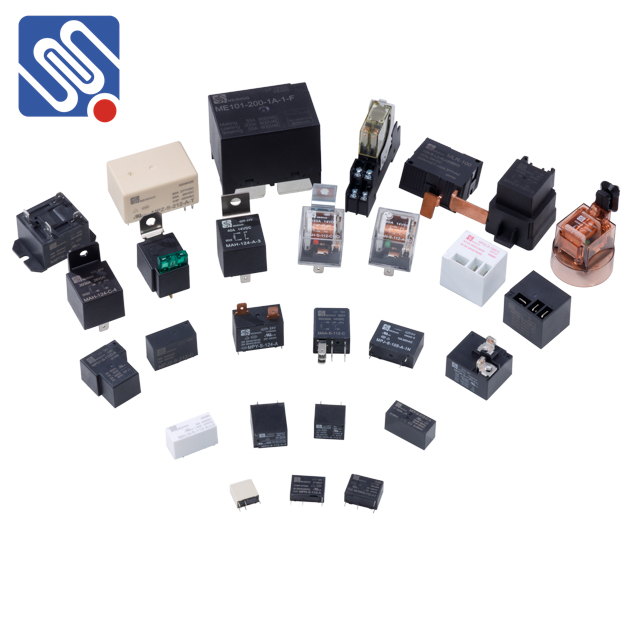Relays are essential components in electrical systems, used to control circuits by opening and closing contacts in response to an electrical signal. They serve as switches that allow a low-voltage circuit to control a higher-voltage circuit, making them indispensable in various applications ranging from household appliances to industrial machinery. Understanding the different types of relays is crucial for choosing the right one for a given task. This article explores several commonly used relay types, discussing their features, applications, and working principles.

1. Electromagnetic Relays Electromagnetic relays are the most commonly used type of relay. They function by using an electromagnet to open or close a set of contacts. When a current flows through the coil, it generates a magnetic field that attracts a movable armature, which in turn changes the state of the contacts. These relays are available in various configurations: Single-Pole Single-Throw (SPST): The simplest form, having one contact that either opens or closes. Single-Pole Double-Throw (SPDT): Offers two output contacts, allowing for a selection between two circuits. Double-Pole Double-Throw (DPDT): Used for more complex switching, offering two separate circuits with two switching positions.